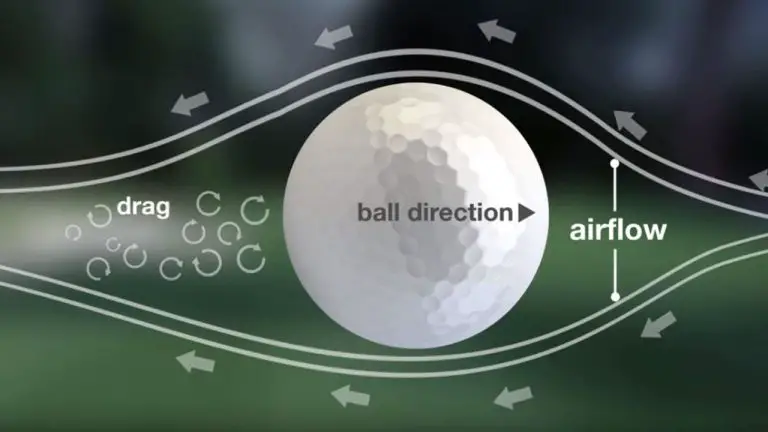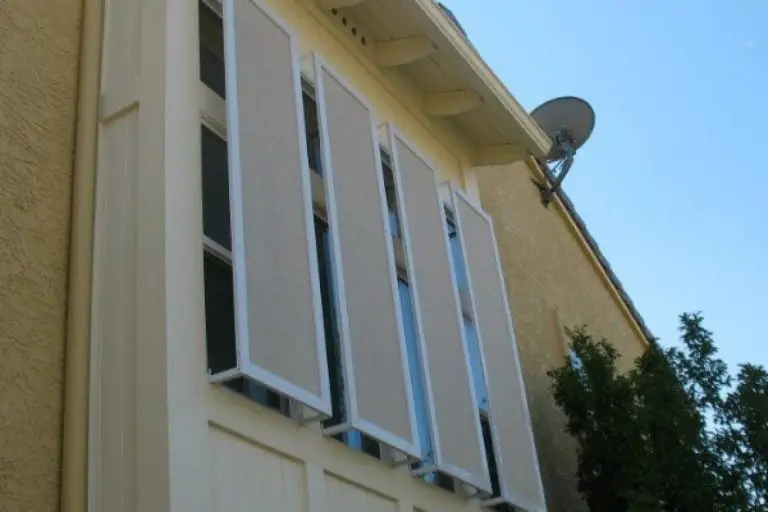What Does Draw Hole Mean In Golf

Golf is a game of precision, requiring skill and strategy to navigate the course. One important aspect of golf is understanding the different types of holes and shots required to successfully complete them. One such type of hole is a draw hole. But what exactly does this term mean in golf?
A draw hole is a golf hole that requires a shot that curves from right to left for right-handed golfers (or left to right for left-handed golfers). This shot is known as a draw shot and is often used to navigate around obstacles such as trees, bunkers, or water hazards. To successfully execute a draw shot, golfers must carefully consider their stance, club selection, swing path, and grip.
In this article, we’ll explore in more detail what a draw hole means in golf, including the key factors that make a hole a draw hole, and the strategies and techniques required to successfully navigate these holes. We’ll also cover frequently asked questions about draw holes and draw shots, so you can improve your understanding of this important aspect of golf.

Understanding Draw Shots
Before we dive into draw holes, let’s first explore the concept of a draw shot. A draw shot is a type of golf shot that curves from right to left for right-handed golfers (and left to right for left-handed golfers). This shot is often used to help golfers avoid obstacles and keep the ball in play.
To hit a draw shot, a golfer must create clockwise spin on the ball (for right-handed golfers). This is achieved by swinging the club from inside to outside and closing the clubface at impact. The result is a shot that starts out to the right of the target and curves back to the left.
Draw shots can be an effective tool for golfers, but they also require a high level of skill and control.
What Makes a Hole a “Draw Hole”
A draw hole is a golf hole that requires a draw shot to successfully navigate it. These holes typically have a dogleg to the left (for right-handed golfers) or are surrounded by hazards on the right-hand side.
The layout and design of the course play a significant role in determining whether a hole is a draw hole. For example, a course designer may intentionally create a draw hole to challenge golfers and add strategic interest to the course.
Other factors that contribute to a hole being a draw hole include pin placement and green contour, as well as wind and weather conditions. In some cases, a hole may not be a draw hole under normal conditions, but may require a draw shot under specific circumstances.
Strategies for Playing a Draw Hole
If you’re faced with a draw hole on the course, there are several strategies you can use to successfully navigate it.
First and foremost, it’s important to choose the right club and shot type. A draw shot requires a different swing path and clubface angle than a straight or fade shot, so it’s important to select the appropriate club and adjust your swing accordingly.
Accuracy and ball placement are also key when playing a draw hole. A well-placed draw shot can help you avoid hazards and set up an easier approach shot. However, a poorly executed draw shot can result in a lost ball or a difficult recovery shot.
It’s also important to adjust your strategy based on course conditions. Wind, weather, and pin placement can all impact the way a draw shot will behave on a particular hole.
Examples of Famous Draw Holes
Some of the most famous golf holes in the world are draw holes. Here are a few examples:
- Hole #13 at Augusta National Golf Club: This iconic hole, known as “Azalea,” requires a draw shot off the tee to navigate the dogleg left and set up a good approach shot to the green.
- Hole #10 at Riviera Country Club: This challenging par-4 requires a draw shot off the tee to avoid the fairway bunker on the right and set up a good approach shot to the green.
- Hole #11 at Muirfield Village Golf Club: This picturesque par-5 features a dogleg left and requires a well-placed draw shot off the tee to avoid the trees on the left and set up a good approach shot to the green.
Conclusion
In conclusion, draw holes can be a challenging and rewarding aspect of golf. By understanding the concept of a draw shot and the factors that contribute to a hole being a draw hole, you can better prepare yourself for success on these holes. Remember to choose the right club and shot type, focus on accuracy and ball placement, and adjust your strategy based on course conditions. With practice and skill, you can master the art of the draw shot and tackle even the toughest draw holes with confidence.





